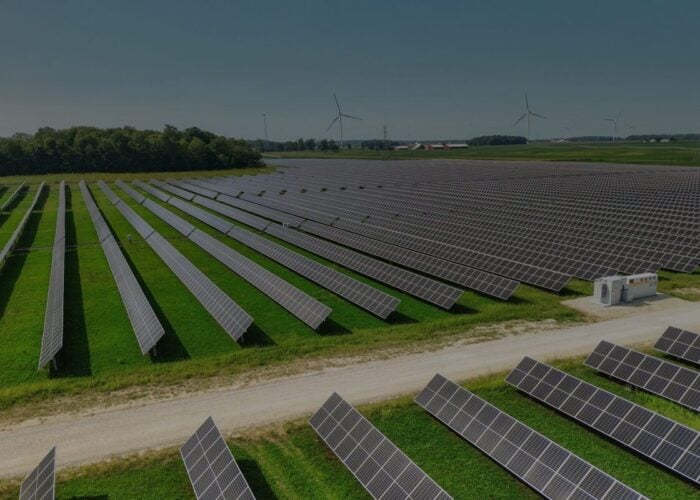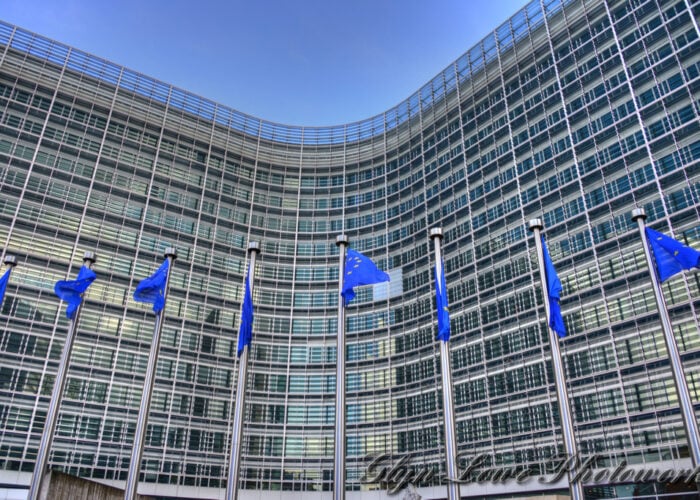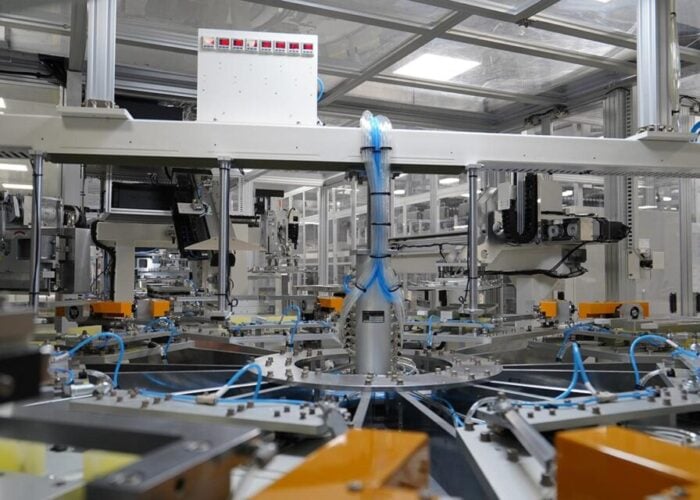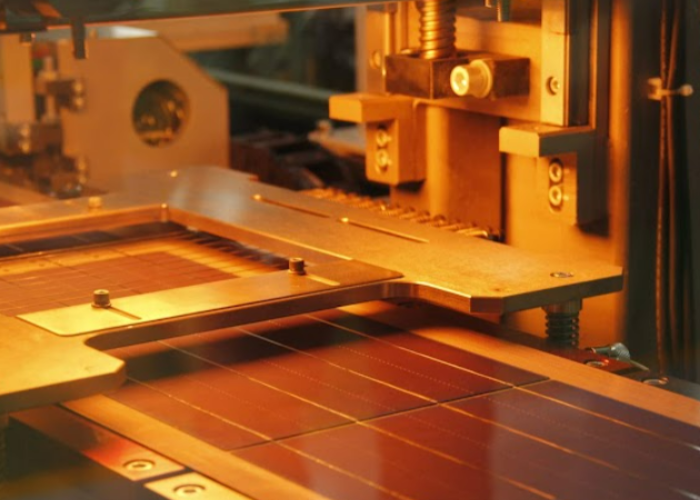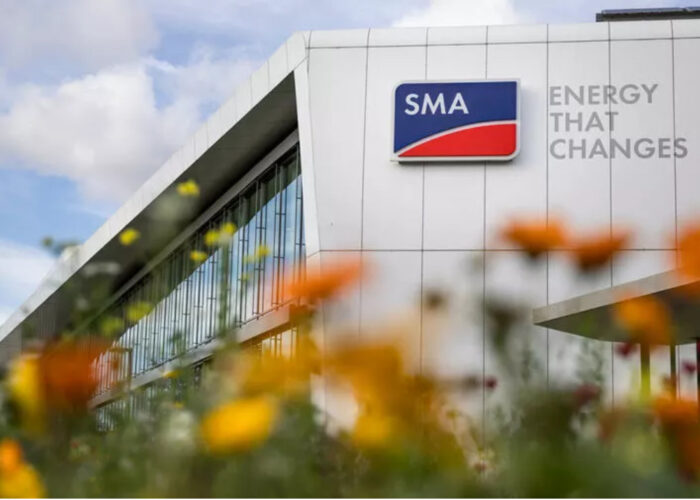As the pace of commissioning commercial PV systems increases while in parallel current systems mature, the market is looking at PV systems as more than just a source of clean energy. Instead, PV systems are now being viewed as long-term investments that need to be closely managed in order to improve their RoI and bottom line. As with any investment, the two main ways to improve the RoI of a commercial PV system is to increase the revenue and decrease the lifetime costs. Let’s take a deeper look at how this can be done in commercial PV installations.
A common method for assessing efficiency of a commercial PV site is performance ratio (PR). The PR measures the difference between the actual and theoretical potential energy output of a commercial PV system. The measurement is the percentage of energy produced by the system out of the potential energy as calculated by measurement of irradiance and temperature. Operation and maintenance (O&M) activities are performed in order to bring the actual output closer to the theoretical potential output of the system.
Try Premium for just $1
- Full premium access for the first month at only $1
- Converts to an annual rate after 30 days unless cancelled
- Cancel anytime during the trial period
Premium Benefits
- Expert industry analysis and interviews
- Digital access to PV Tech Power journal
- Exclusive event discounts
Or get the full Premium subscription right away
Or continue reading this article for free
However, one of the first ways to increase system production is actually during the design and planning process. When analyzing system options, system owners should select a system based on its ability to put more power on the roof. Many standard systems will reduce the number of modules that can be placed on the roof due to design limitations, for instance now allowing for different modules layouts or string lengths, and objects on the roof that partially obstruct sunlight. By selecting a system that is designed to overcome these obstacles and thus allow more modules on the roof, then a commercial PV system already becomes more profitable from day zero.
Another key way to improve the PR of a commercial system is to minimize power losses due to module mismatch, and thus increase system production. System owners and EPCs can work to future proof commercial systems by implementing technology that mitigates mismatch and aging losses and protecting against unpredictable environmental changes, new obstruction, (e.g. antenna erected, growing trees, etc.), factors such as soiling and aging. Technology, such as module-level power electronics (MLPE), helps to minimize energy losses to only the effected modules versus impacting the entire string, by optimizing power production per module. However, no matter how much future losses can be diminished, the likelihood is that there will be defective modules that will need to be replaced. If a system uses technology that can allow replacement using any module available in the market, versus having to rely on costly stocking of modules, then costs can be further decreased.
At the O&M level, providing a fast response to any sources that cause decreased production is another important factor in improving system uptime. O&M once used to be a very costly endeavour with slow response times. But with the advent of module-level, cloud-based monitoring systems that allow automatic alerts, real-time detection, and remote troubleshooting, this process has become as simple as a few clicks in an air-conditioned office. Instead of O&M being a labour-intensive process of searching for “a needle in a haystack,” it has become a highly targeted practice. This not only increases system uptime, it also improves the efficiency of O&M and potentially decreases costs. This is why when analyzing O&M solutions for PV asset management, it is particularly important to understand how they can reduce long-term operational costs.
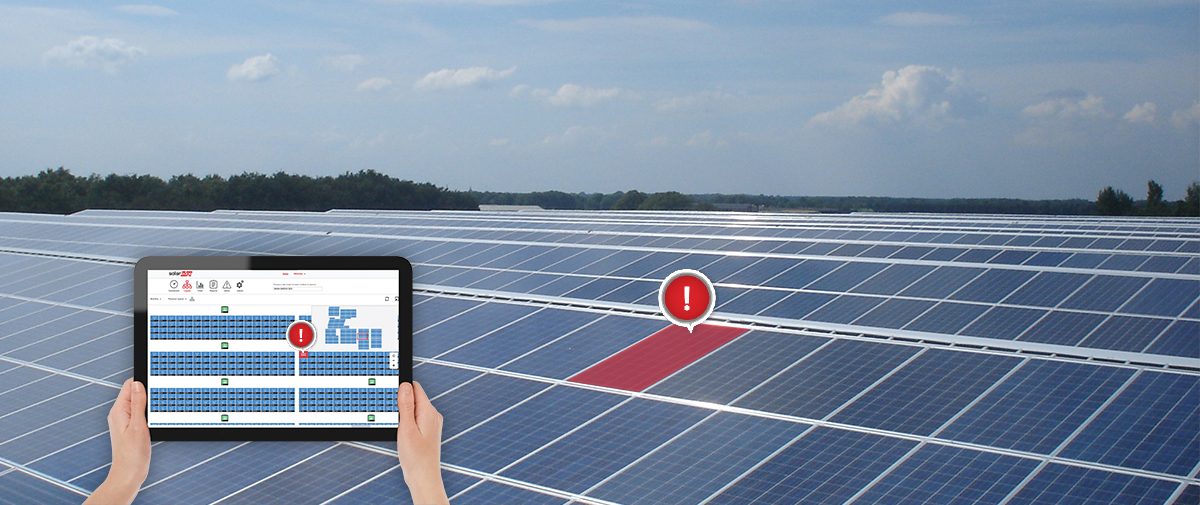
When analyzing O&M solutions, it is prudent to differentiate between the two different types of O&M activities – preventative versus corrective.
Preventative maintenance is intended to maintain the PV system at its highest working condition and limit system downtime. Usually an annual site visit to thoroughly evaluate the components of the PV system and check the system health. Standard systems require that each module be inspected to confirm they are properly working. This is a particularly burdensome, costly, and inefficient procedure. In addition, it can even be dangerous for maintenance personnel working at unsafe heights and with high voltages. During preventative maintenance activity, maintenance personnel often uncover latent problems that have caused the system to have decreased energy production for an extended amount of time. This would then call for corrective maintenance to be performed.
Corrective maintenance is conducted after an issue has been discovered and includes the actual repair process. However, monitoring, particularly module-level monitoring can allow pinpointed alerts to system issues in order to reduce trips to the site and time spent on site. This type of monitoring enables O&M service providers to perform site analysis and troubleshooting from the comfort of an office. For example, with such module-level monitoring, if a module has a failed diode, then an automatic alert will notify the O&M provider. The module can be easily identified and a screenshot can be provided to the module manufacturer for a warranty claim. This means that during the next site visit, the O&M provider can already replace the failed module, instead of only learning about its existence. This type of monitoring requires module-level power electronics that is typically not offered by third-party services. More importantly any type of third-party monitoring service will add costs, thus negatively impacting the system RoI.
These types of impacts to revenue and costs can be directly related back to the original inverter selection. In the past five years, the inverter selection became renowned for its influence on BoS costs, but more recently it has been directly associated with system production and O&M expenses. This is because the inverter manages 100% of system production and controls O&M expenses. For instance, SolarEdge’s DC optimized inverter solution offers cloud-based, module-level monitoring free for system lifetime. Not only does this eliminate a CAPEX cost, it also reduces ongoing maintenance costs and helps to increase system uptime. An apt example of this cost saving is module-level monitoring that offers 50 times better resolution into system production compared to a standard string inverters. This level of monitoring means that there is insight down to the 600W level versus the 30kW level. With this type of insight into not only system and string production, but also module production, O&M providers can improve their efficiency, while also providing better services. The preventative maintenance can be largely conducted on a computer and corrective maintenance requires less time onsite and less trips. With O&M costs being approximately 1-2% of initial system cost, according to our estimates module-level monitoring with remote troubleshooting reduces this cost by 15-25%. More so, these types of monitoring solutions offer reports on performance that are often required by third-parties, such as investors, banks, or utilities.
Because of these factors, inverter selection is seen as increasingly important for the ongoing health and production of commercial PV systems. And as the competition heats up for which inverter can best improve the PR of a commercial system, each of these factors becomes more essential. Therefore, when planning a large investment like a commercial PV system, it is crucial to understand how inverters can increase system revenue and decrease costs throughout the system lifetime.
Lior Handelsman, VP of Marketing and Product Strategy, founder SolarEdge

